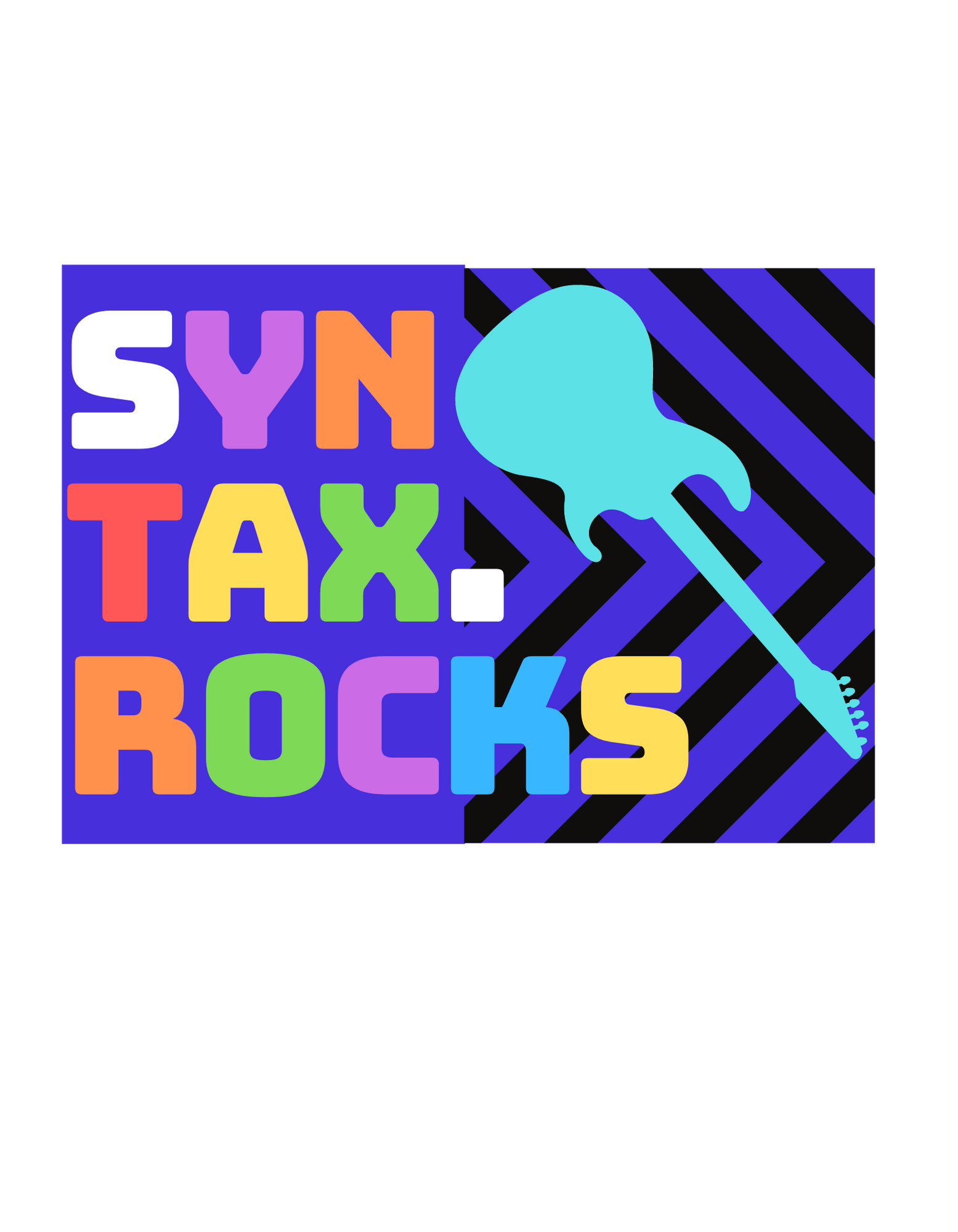Markdown Guide
Published on December 31, 2019
What is Markdown ?
Markdown is a way to style text on the web. You control the display of the document; formatting words as bold or italic, adding images, and creating lists are just a few of the things we can do with Markdown. Mostly, Markdown is just regular text with a few non-alphabetic characters thrown in, like # or *.
You can use Markdown at different places around Github:
- Gists
- Comments in Issues and Pull Requests
- Files with
.mdor.markdownextensions - While contributing for
Syntax.Rocks
For more info, you can visit Github help!
Text
It's very easy to make some words **bold** and other words _italic_ with Markdown. You can even [link to Google!](http://google.com)
It's very easy to make some words bold and other words italic with Markdown. You can even link to Google!
Lists
Sometimes you want numbered lists:
1. One
2. Two
3. Three
Sometimes you want bullet points:
- Start a line with a star
- Profit!
Alternatively,
- Dashes work just as well
- And if you have sub points, put two spaces before the dash or star:
- Like this
- And this
Sometimes you want numbered lists:
- One
- Two
- Three
Sometimes you want bullet points:
- Start a line with a star
- Profit!
Alternatively,
- Dashes work just as well
-
And if you have sub points, put two spaces before the dash or star:
- Like this
- And this
Images
If you want to embed images this is how you do it:

If you want to embed images, this is how you do it:

Headers & Quotes
# Structured documents
Sometimes it's useful to have different levels of headings to structure your documents. Start lines with a `#` to create headings. Multiple `##` in a row denote smaller heading sizes.
### This is a third-tier heading
You can use one `#` all the way up to `######` six for different heading sizes.
If you'd like to quote someone, use the > character before the line:
> Coffee. The finest organic suspension ever devised... I beat the Borg with it.
>
> - Captain Janeway
Structured documents
Sometimes it's useful to have different levels of headings to structure your documents. Start lines with a # to create headings. Multiple ## in a row denote smaller heading sizes.
This is a third-tier heading
You can use one # all the way up to ###### six for different heading sizes.
If you'd like to quote someone, use the > character before the line:
Coffee. The finest organic suspension ever devised... I beat the Borg with it.
- Captain Janeway
Extras
It supports many extras in Markdown that help you reference and link to people. If you ever want to direct a comment at someone, you can prefix their name with an @ symbol: Hey @kneath — love your sweater!
But I have to admit, tasks lists are my favorite:
- [x] This is a complete item
- [ ] This is an incomplete item
When you include a task list in the first comment of an Issue, you will see a helpful progress bar in your list of issues. It works in Pull Requests, too!
And, of course emoji!
It supports many extras in Markdown that help you reference and link to people. If you ever want to direct a comment at someone, you can prefix their name with an @ symbol: Hey @kneath — love your sweater!
But I have to admit, tasks lists are my favorite:
- This is a complete item
- This is an incomplete item
When you include a task list in the first comment of an Issue, you will see a helpful progress bar in your list of issues. It works in Pull Requests, too!
And, of course emoji!
If you like it, share it!
 Let's rock the syntax
Let's rock the syntax